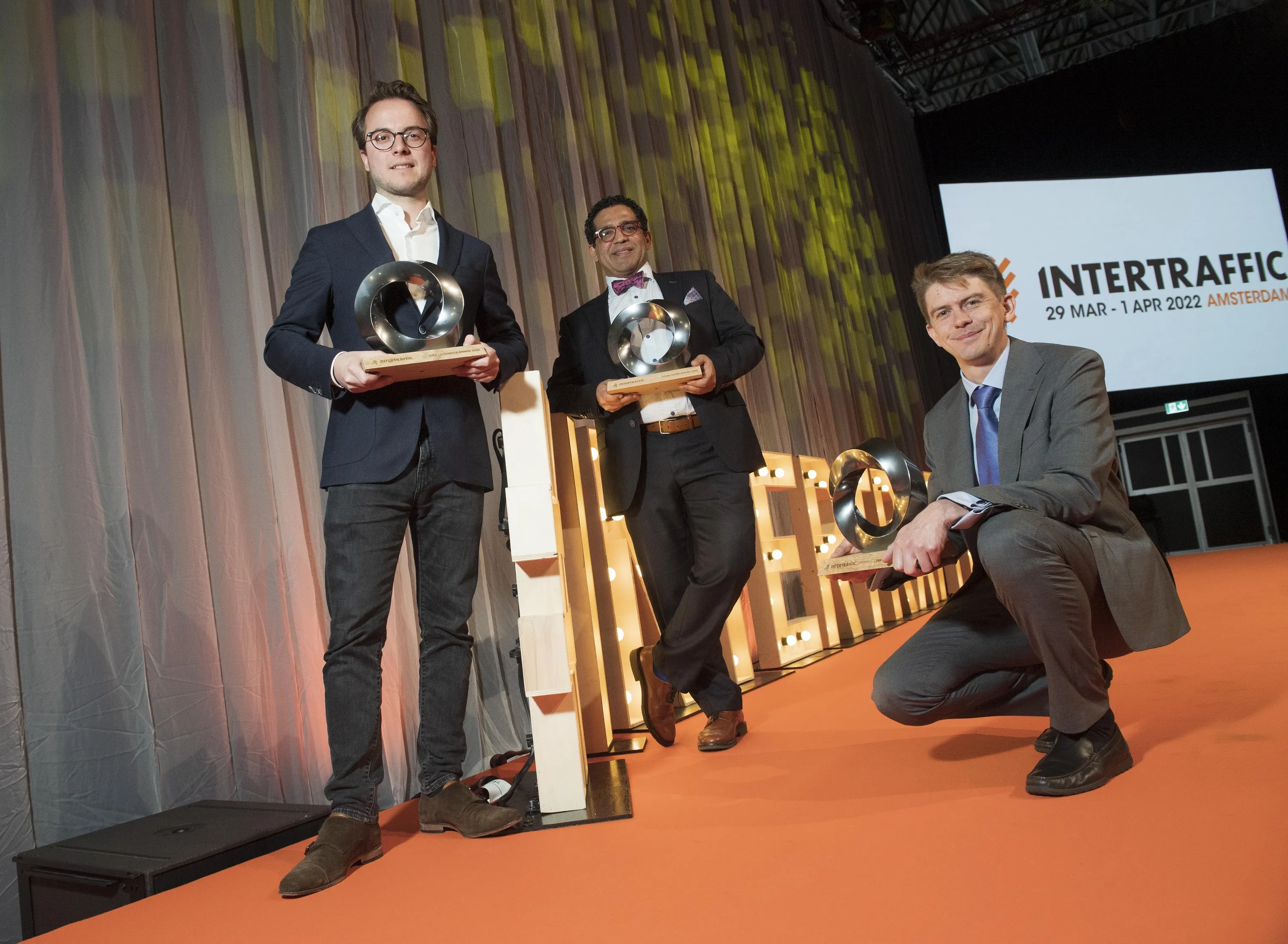For German company Traffic Lines, Intertraffic Amsterdam will be the first international exhibition it has participated at. The company was founded to focus on developing road marking removal technology against a background where many conventional techniques often do not produce the desired results and cause substantial damage to the road surface.
February 8, 2016
Read time: 2 mins
For German company 8324 Traffic-Lines, Intertraffic Amsterdam will be the first international exhibition it has participated at. The company was founded to focus on developing road marking removal technology against a background where many conventional techniques often do not produce the desired results and cause substantial damage to the road surface.
The Traffic Lines Twister claims to offer a much better solution that uses only water to produce a more environmentally friendly system. The device attacks the relevant area with a high-pressure water jet and immediately sucks the used water back up, together with the removed material. Its innovative suction hood reliably removes old markings or rubber without damaging the surface and with only low elution of bitumen. Furthermore, after the marking removal process with hydroblasting, the surface is almost dry and there is considerably less siltation. This means that re-marking can take place immediately.
With its modular design Traffic Lines Twister can be customised according to requirements. For instance, the device can be fitted to a sweeper machine or it can incorporate an intelligent water reutilisation system.
The Traffic Lines Twister claims to offer a much better solution that uses only water to produce a more environmentally friendly system. The device attacks the relevant area with a high-pressure water jet and immediately sucks the used water back up, together with the removed material. Its innovative suction hood reliably removes old markings or rubber without damaging the surface and with only low elution of bitumen. Furthermore, after the marking removal process with hydroblasting, the surface is almost dry and there is considerably less siltation. This means that re-marking can take place immediately.
With its modular design Traffic Lines Twister can be customised according to requirements. For instance, the device can be fitted to a sweeper machine or it can incorporate an intelligent water reutilisation system.










